Recommendations for under counter drinking water purification system?
enduring
22 days ago
Featured Answer
Sort by:Oldest
Comments (15)
clt3
22 days agoJake The Wonderdog
22 days agoRelated Professionals
Chester Kitchen & Bathroom Remodelers · Hewitt Kitchen & Bath Fixtures · Brownsville Kitchen & Bathroom Designers · Moraga Kitchen & Bathroom Designers · West Virginia Kitchen & Bathroom Designers · South Lake Tahoe Kitchen & Bathroom Remodelers · Bonita Cabinets & Cabinetry · Sunset Cabinets & Cabinetry · Leicester Kitchen & Bathroom Designers · United States Kitchen & Bathroom Designers · Allouez Kitchen & Bathroom Remodelers · Fair Oaks Kitchen & Bathroom Remodelers · Crestview Cabinets & Cabinetry · Holt Cabinets & Cabinetry · Tinton Falls Cabinets & Cabinetrychicagoans
22 days agolast modified: 22 days agoenduring
21 days agoIsaac
21 days agoBuehl
21 days agolast modified: 21 days agodani_m08
20 days agoenduring
20 days agodchall_san_antonio
20 days agolast modified: 20 days agoenduring
17 days agoenduring
16 days ago
Related Stories

HEALTHY HOMEHow to Choose a Home Water Filtering System
Learn which water purification method is best for your house, from pitchers to whole-house setups
Full Story
GREAT HOME PROJECTSHow to Switch to a Tankless Water Heater
New project for a new year: Swap your conventional heater for an energy-saving model — and don’t be fooled by misinformation
Full Story
OUTDOOR KITCHENSWhat to Know About Adding an Outdoor Bar or Counter
Whether part of an outdoor kitchen or a standalone feature, these additions can improve your outdoor living experience
Full Story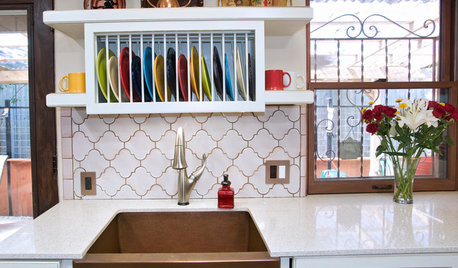
KITCHEN DESIGNDish-Drying Racks That Don’t Hog Counter Space
Cleverly concealed in cabinets or mounted in or above the sink, these racks cut kitchen cleanup time without creating clutter
Full Story
SAVING WATERHow to Keep Your Yard Healthy and Attractive With Less Water
Landscape pros share 8 ways to conserve water and still have beautiful outdoor areas
Full Story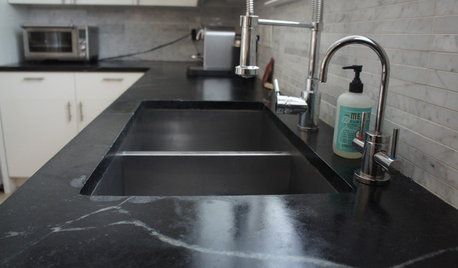
KITCHEN DESIGNSoapstone Counters: A Love Story
Love means accepting — maybe even celebrating — imperfections. See if soapstone’s assets and imperfections will work for you
Full Story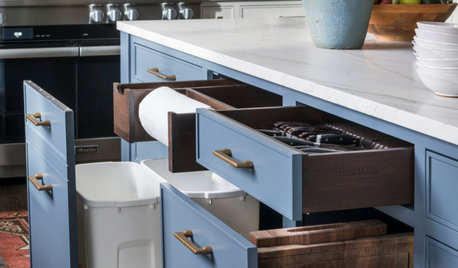
KITCHEN ISLANDS10 Kitchen Island Features Pros Always Recommend
Design and remodeling professionals say these are the elements every homeowner should consider when planning an island
Full Story
KITCHEN DESIGNKitchen Counters: Durable, Easy-Clean Soapstone
Give bacteria the boot and say sayonara to stains with this long-lasting material that's a great choice for kitchen and bath countertops
Full Story
KITCHEN DESIGN5 Premium Kitchen Features One Designer Recommends
From pro-style ranges to discreet charging stations, these luxury upgrades can take a space to the next level
Full Story
SAVING WATER11 Ways to Save Water at Home
Whether you live in a drought-stricken area or just want to help preserve a precious resource, here are things you can do to use less water
Full Story






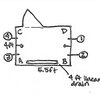
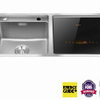

Jake The Wonderdog